Office lighting is essential for creating a productive and comfortable work environment. The right lighting can improve employee morale, boost productivity, and even reduce eye strain. Here are some key factors to consider when choosing office lighting and designing your layout:
Types of Lighting
Natural Light: Maximize natural light by using large windows and skylights. Consider blinds or curtains to control glare.

Task Lighting: Provide focused light on specific work areas, such as desks and workstations. Desk lamps or under-cabinet lighting are good options.

Ambient Lighting: Creates a general lighting level in the office. Ceiling-mounted fixtures or recessed lighting are common choices.

Accent Lighting: Highlights specific features or architectural elements in the office. Wall sconces or track lighting can be used for accent lighting.

Lighting Design Schemes
Layered Lighting: Combines different types of lighting to create a versatile and adaptable workspace. This scheme allows you to adjust lighting levels to suit various tasks and moods.
Uniform Lighting: Provides consistent lighting throughout the office. This is often used in open-plan offices or large workspaces.
Zonal Lighting: Divides the office into different zones, each with its own lighting scheme. This can help to create distinct areas for different activities, such as work, collaboration, and relaxation.
Factors to Consider
Task Requirements: The type of work being done will influence the lighting needs. For example, tasks that require precision or detail will benefit from brighter, more focused lighting.
Employee Comfort: Ensure that the lighting is not too bright or too dim. Avoid glare and shadows, which can cause eye strain and fatigue.
Energy Efficiency: Choose energy-efficient lighting fixtures, such as LED bulbs, to reduce energy consumption and costs.
Aesthetics: Consider the overall aesthetic of the office when selecting lighting fixtures. The fixtures should complement the style and décor of the space.
Lighting Layout Tips
Utilize Daylight: Position workstations near windows to maximize natural light.
Avoid Glare: Use blinds or curtains to control glare from direct sunlight.
Consider Task Lighting: Provide task lighting for workstations to reduce eye strain.
Create Ambiance: Use ambient lighting to create a pleasant and inviting atmosphere.
Highlight Features: Use accent lighting to highlight architectural elements or artwork.
By carefully considering these factors and following these tips, you can create an office lighting design that promotes productivity, comfort, and a positive work environment.





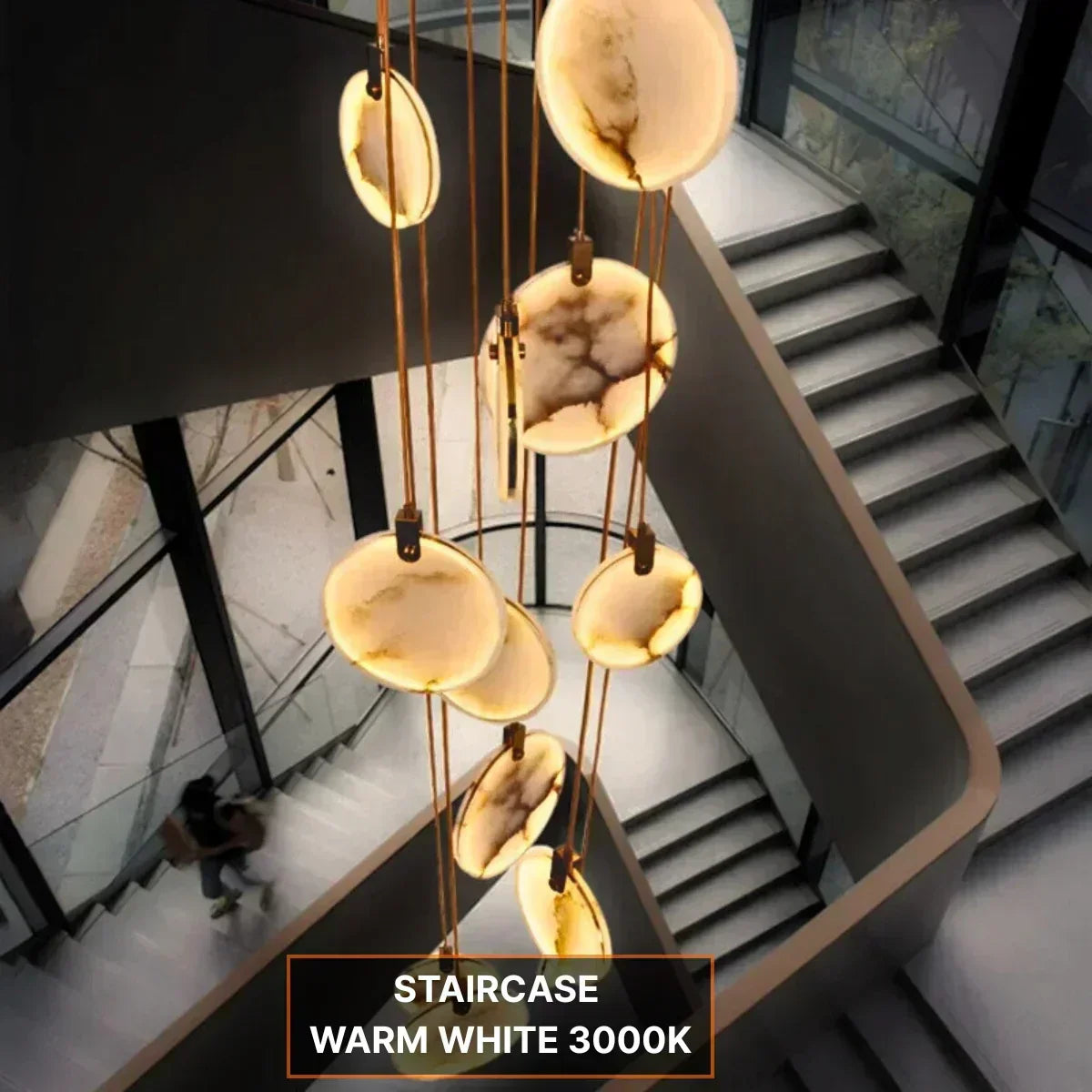
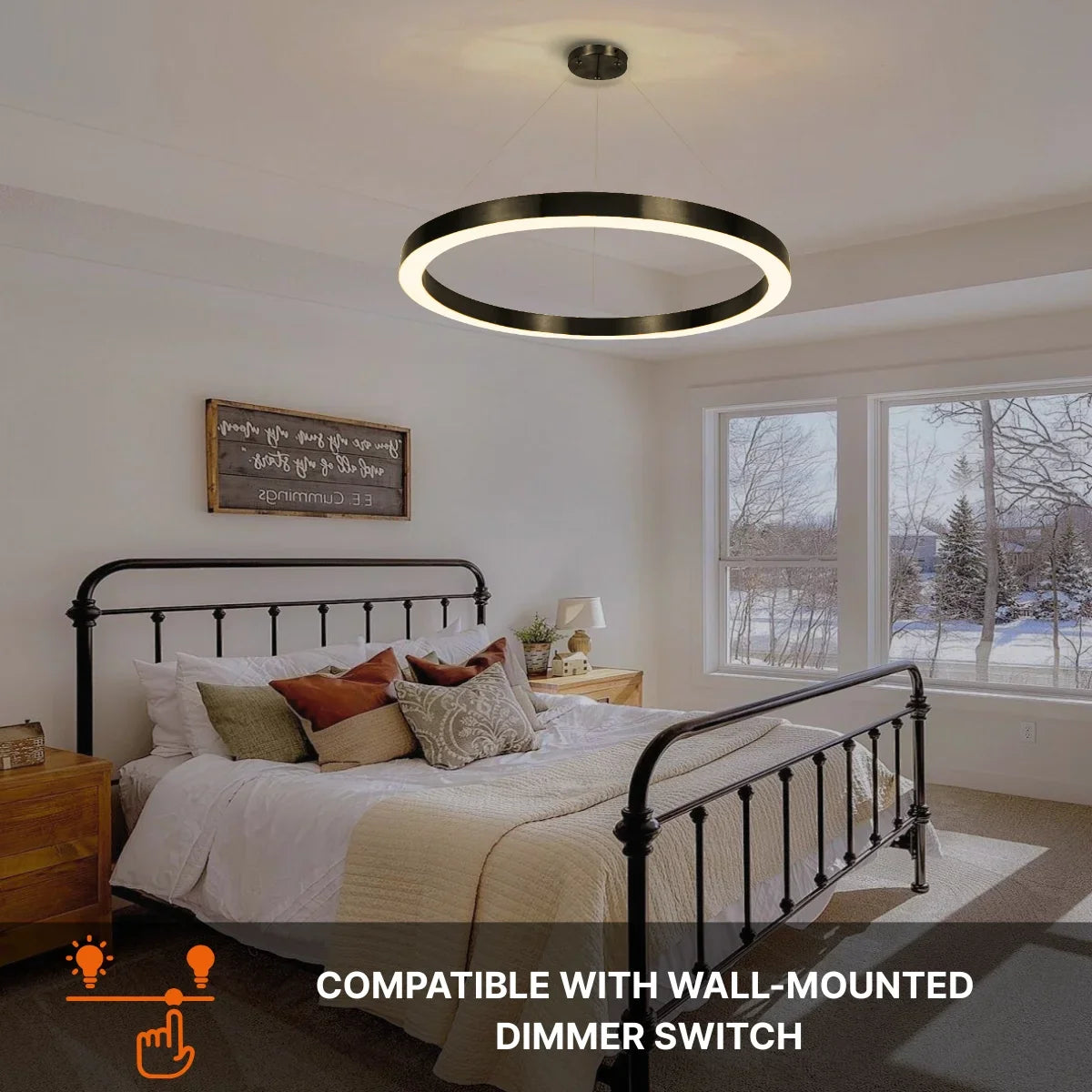
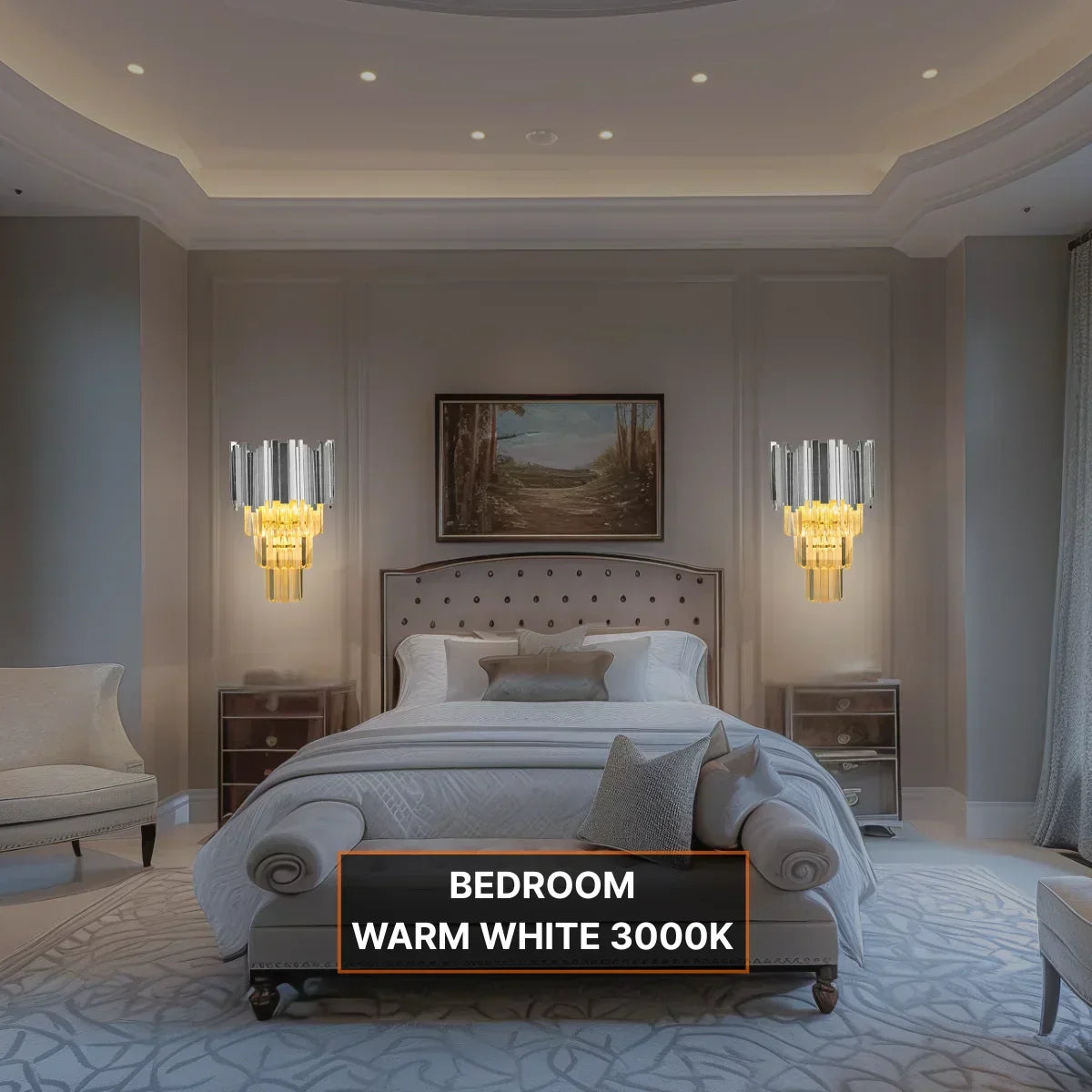
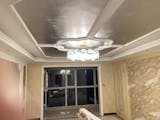

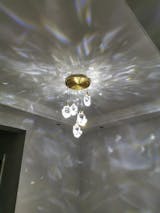
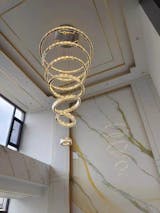
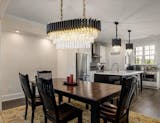
Share:
Advantages and disadvantages of LED lighting fixtures Show drafts
What is the production process of glass lampshade?